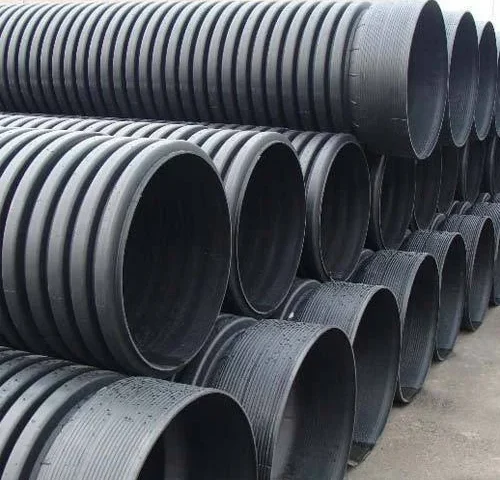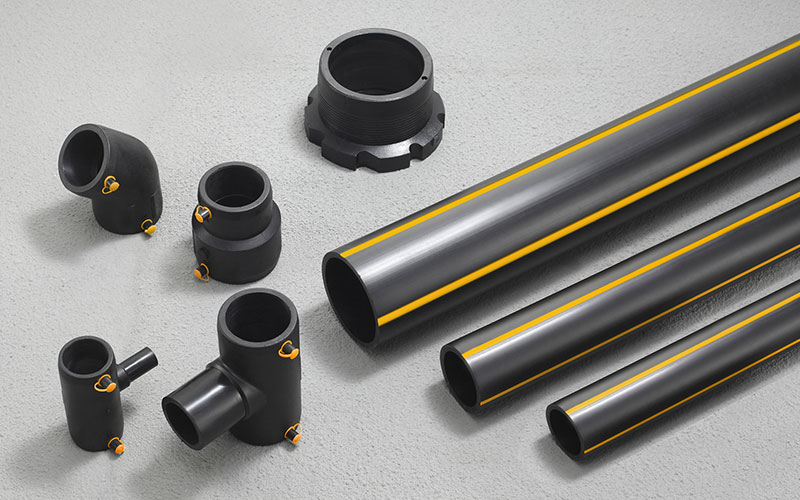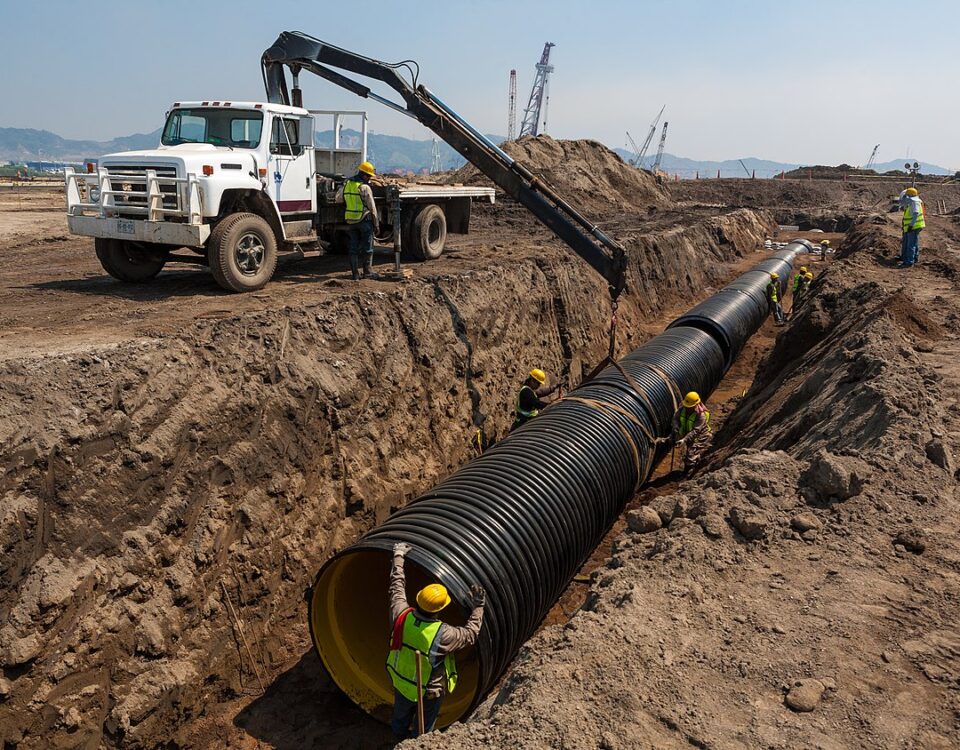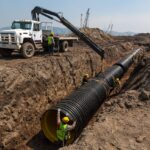
A Beginner’s Guide to Welding and Joining HDPE Pipes
October 11, 2024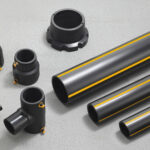
How to Choose the Best HDPE Pipes for Your Project
October 11, 2024When it comes to plumbing, irrigation, and industrial piping, choosing the right material is crucial. Have you ever wondered why HDPE pipes are becoming so popular? High-Density Polyethylene (HDPE) pipes are transforming the way we transport water, gas, and chemicals. In this guide, we’ll break down what HDPE pipes are, their advantages, and their common uses in simple, easy-to-understand language.
1. What Are HDPE Pipes?
HDPE pipes are made from high-density polyethylene, a type of plastic known for its durability and flexibility. These pipes are used to transport fluids and gases due to their strength, resistance to corrosion, and lightweight nature.
2. How Are HDPE Pipes Made?
HDPE pipes are produced through a process called extrusion. The raw polyethylene is melted and then shaped into pipes of different diameters and thicknesses, making them suitable for various applications.
3. Key Benefits of HDPE Pipes
✔ Durability
HDPE pipes are highly resistant to impact and environmental stress, making them long-lasting.
✔ Flexibility
Unlike traditional pipes, HDPE can bend without breaking, reducing the need for additional fittings.
✔ Corrosion Resistance
Unlike metal pipes, HDPE does not rust or corrode, making it ideal for transporting water and chemicals.
✔ Lightweight
Easier to transport and install compared to heavy metal or concrete pipes.
4. Common Applications
HDPE pipes are used in:
- Water supply systems
- Gas distribution
- Sewage and drainage
- Irrigation systems
- Industrial piping
5. Comparison with Other Pipes
HDPE pipes outperform traditional materials like metal and PVC in terms of flexibility, durability, and cost-effectiveness.
6. Durability & Lifespan
HDPE pipes can last 50-100 years, depending on their application and maintenance.
7. Environmental Impact
HDPE pipes are recyclable, reducing environmental waste and making them an eco-friendly choice.
8. Installation & Maintenance
Installation is easy due to the lightweight nature of HDPE pipes. They require minimal maintenance, which reduces long-term costs.
9. Cost-Effectiveness
Although the initial cost may be higher than PVC or metal pipes, the long-term savings in repairs and replacements make HDPE a cost-effective choice.
10. HDPE vs. PVC Pipes
- HDPE is more flexible than PVC
- PVC is cheaper but less durable
- HDPE is better for underground applications due to its flexibility
11. How to Choose the Right HDPE Pipe?
Consider factors like pipe diameter, pressure rating, and intended use before purchasing.
12. Potential Drawbacks
- Higher initial cost compared to PVC
- Requires special equipment for heat fusion joining
13. Future of HDPE Pipes
With increasing demand for sustainable solutions, HDPE pipes will likely become even more popular in construction and industrial applications.
14. Conclusion
HDPE pipes are a game-changer in plumbing and industrial applications. Their durability, flexibility, and eco-friendliness make them a top choice for various industries. Whether for water supply, gas distribution, or irrigation, HDPE pipes provide a reliable, long-lasting solution.

